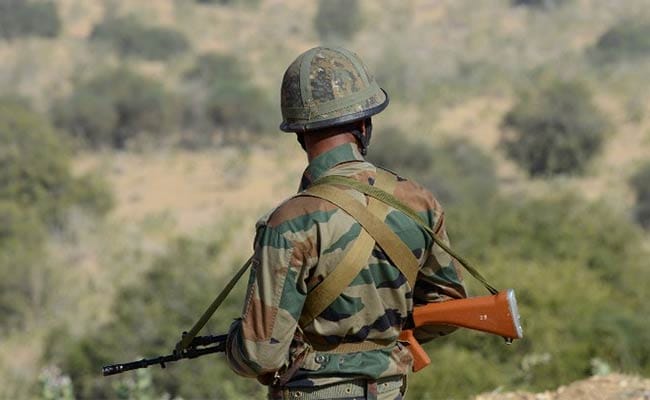A veteran also said 40 LMG per battalion in mountains and 75 in plains.I think this was before china.Has IA made any changes since then?Why have less LMG in mountain terrain?Problem of ammo resupply?
Reposting from an earlier thread -these are interesting proposals that BiRa initiated.Wonder what is their status after his unfortunate passing?
https://www.business-standard.com/a...-manpower-intensive-force-118091600265_1.html
Reorganisation of combat units
''Practically guaranteeing resistance from within, Rawat has directed that flab cutting must include that holiest of holy cows, the infantry battalion. Since the Army has 450 infantry battalions (each with 22 officers and 850 soldiers) paring 25 men from each battalion would result in the reduction of 11,250 men.
Wisely, the Army chief has formulated an operational rationale for this reorganisation, which will be overseen by the Army’s “perspective planning” chief Lieutenant General Rajeshwar.
An infantry battalion currently has four rifle companies, each with about 125 men. This is partly based on the logic that when the battalion is given a task, such as attacking an enemy position, it can attack with two companies, with the other two in reserve, in case added punch is needed. Now, it will be considered whether, instead of pessimistically catering for reinforcing both forward companies, it would be wiser to keep just one company in reserve, while adding to the probability of initial success by
strengthening each company to 170 men. In the new proposals, a company would also be authorised a
ghatak (commando) section of 14 soldiers for special tasks. For example, a company attacking a hill feature could send its ghatak section to lay an ambush to cut off the enemy’s withdrawal. With three strengthened companies, the infantry battalion’s bayonet strength would remain the same, but eliminating one company headquarters would save 25 men.
Infantry reorganisation would extend to the grassroots, with a 10-man infantry section being strengthened to 14 soldiers, thus empowering the section commander, normally a havaldar (sergeant). A platoon, with three strengthened sections, would go up from the current 36 soldiers to 50 men.
Another measure that Rajeshwar will consider is flattening the hierarchy of higher headquarters. Currently, the division, with about 18,000-20,000 soldiers, is the lowest formation that comprises all the elements needed for combat — infantry, armour, artillery, engineers, signals and logistics. In wartime, those elements are often decentralised to constitute a self-sufficient “brigade group” for independent missions. Extending that model of decentralisation to peacetime as well would eliminate numerous manpower-heavy division headquarters, placing the brigades directly under corps headquarters.
Naturally, a divisional headquarters would be useful for coordinating an operation that involves two or three brigades, such as a strike corps offensive, which requires several armoured brigades to operate in unison. Strike formations, therefore, might as well retain the divisional structure. ''


